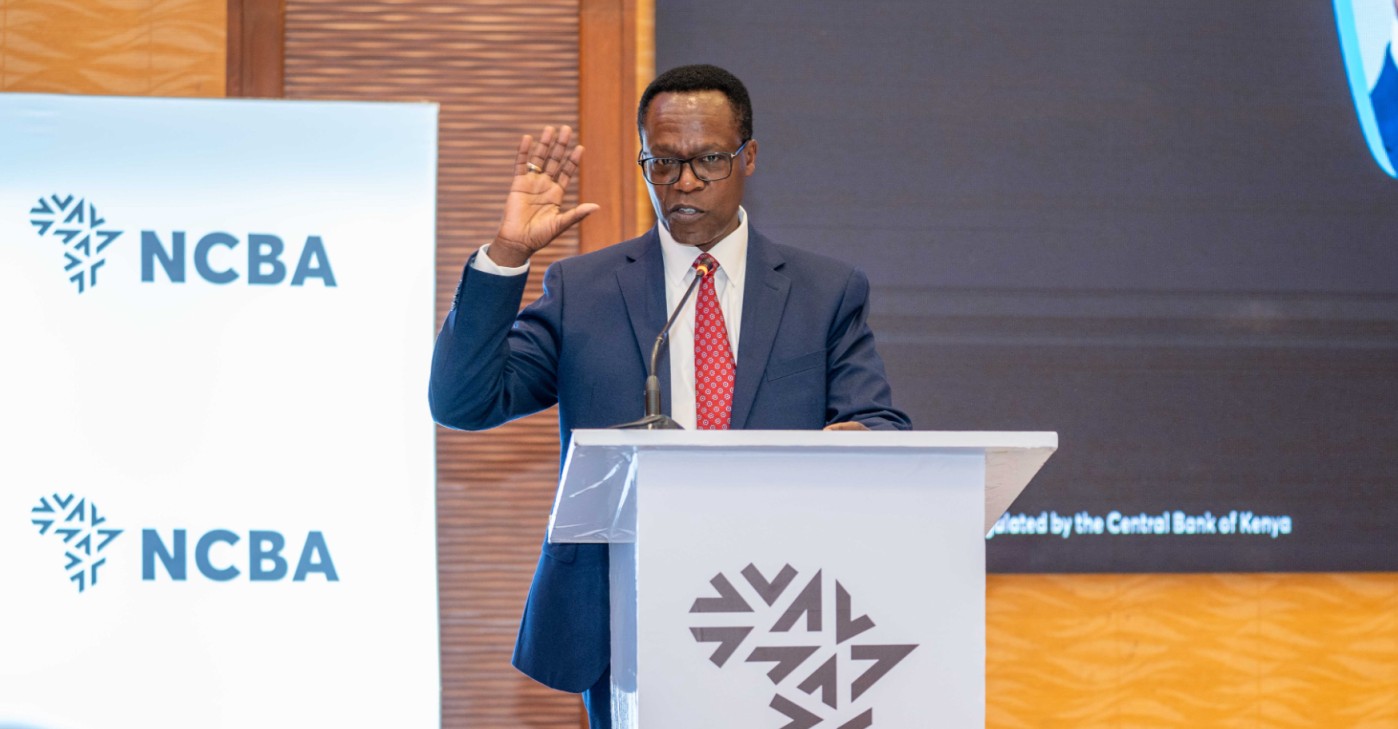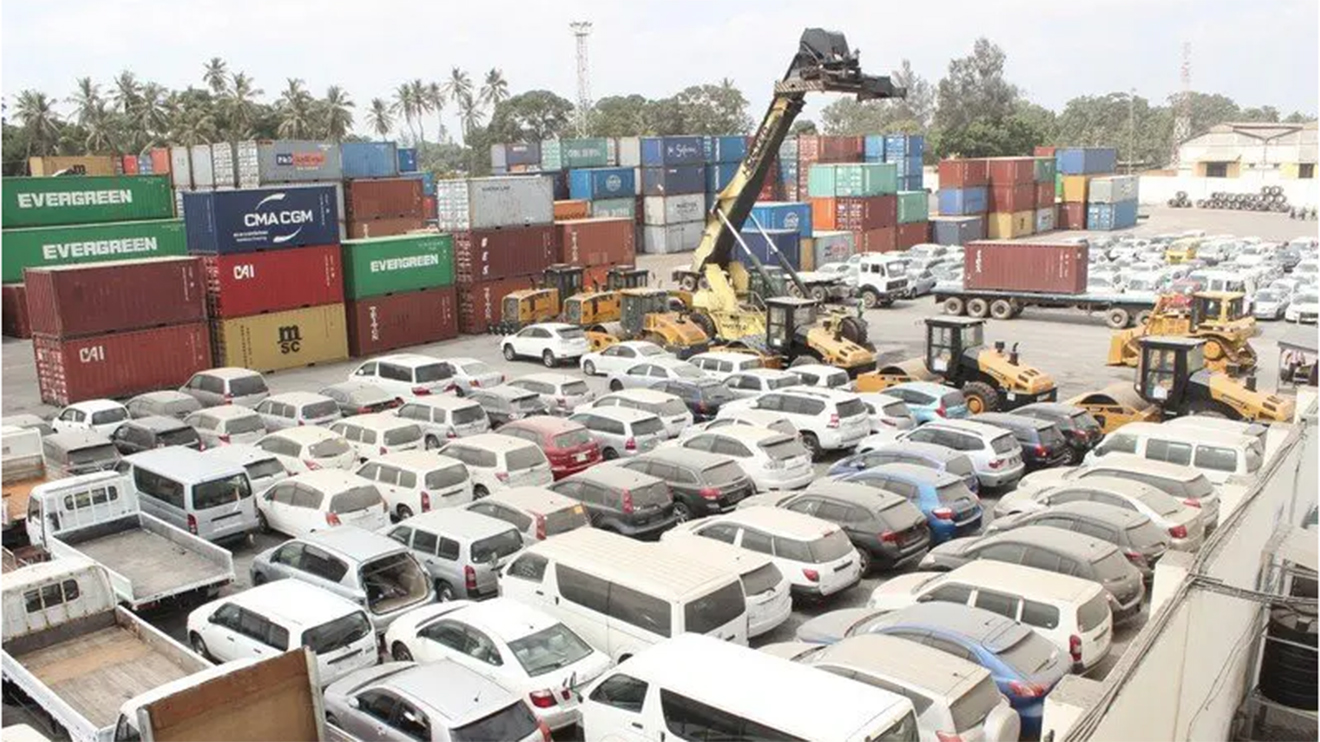It was a day of long-awaited relief in Marafa, Magarini Constituency, as more than Sh60 million was handed over to families in Kilifi County affected by human-wildlife conflict.
For many, this payout marked the end of years of waiting and the beginning of healing with the funds covering cases reported between 2014 and 2020.
Tourism and Wildlife CS Rebecca Miano says this is part of the Government’s wide pledge to compensate Kenyans who have lost loved ones, livestock, or property due to wild animal attacks.
Miano indicated to the residents that the compensation by the government was a constitutional right under the Wildlife Conservation and Management Act, and not a favour.
“It’s not a handout; it’s justice for the pain and loss your families have endured,” said Miano.
Read More
The Cabinet Secretary also revealed that a total of 1,364 cases of human-wildlife conflict have been reported in Kilifi County alone since 2021, a clear signal that more must be done.
So far, the government has released Sh2.8 billion in compensation nationwide, with another Sh1.36 billion in the pipeline.
Miano outlined a six-pillar strategy to prevent future attacks, including:
• Fencing off key wildlife corridors
• Installing modern early warning systems
• Boosting ranger patrols in hotspots
• Supporting community development through projects like classroom construction and water tanks
“We want a future where wildlife and people don’t have to be in constant conflict, where both can thrive,” the CS stated.
Kenya Wildlife Service (KWS) Board Chair Lt Gen (Rtd) Walter Koipaton pledged that the state agency has undertaken to become more transparent, innovative and people-centered.
“Our mission is not just to protect animals, but to protect the people who live with them,” he indicated.
KWS Director General Prof Erustus Kanga pledged to deploy a Problem Animal Management Unit (PAMU) in Kilifi Ganze, Magarini and Vitengeni to respond promptly to wildlife attack cases.
They said the actions are part of the wider KWS Strategic Plan 2024–2028 and the government’s Bottom-Up Economic Transformation Agenda to improve lives at the grassroots.
“Our shared vision is a future where communities and wildlife can live side by side in peace, safety and harmony,” said Prof Kanga.



-1727286472.jpg)
-1751495006.jpg)
-1751376032.jpg)

-1751561078.jpg)